Fashion
10 Most Expensive Diamonds in the World and its Famous Owners
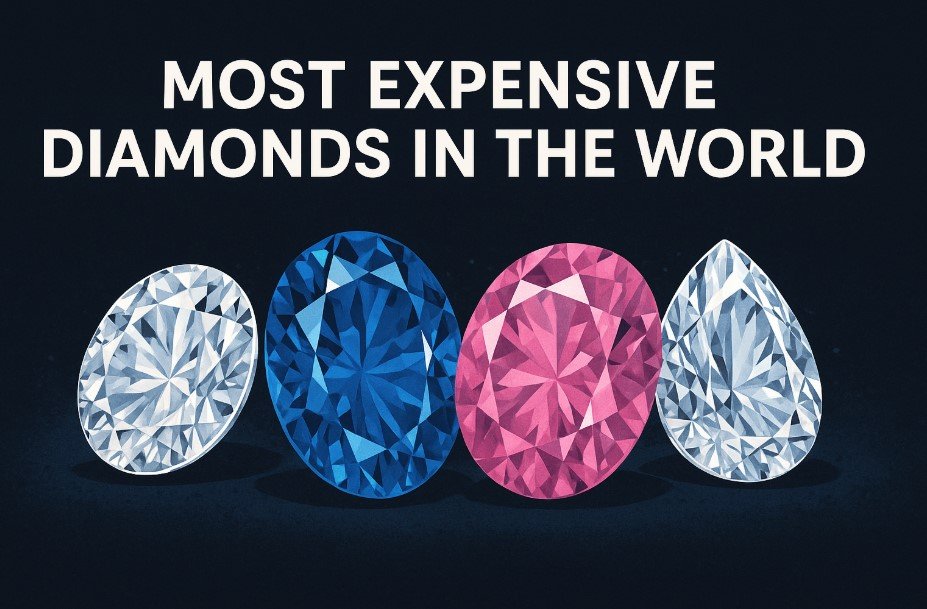
Diamonds have long been valued for their beauty, rarity, and durability. Some diamonds stand out not only because of their quality but also because of their extraordinary prices. These gems often have unique histories, famous owners, and stories that make them even more valuable. This article lists the 10 most expensive diamonds in the world, along with the people who have owned them, and provides details about their size, origin, and sale prices.
| Diamond Name | Carat Weight | Color/Type | Notable Owner(s) | Estimated Value |
| Koh-i-Noor | 105.6 | Colorless | British Royal Family | Priceless |
| Cullinan I | 530.2 | Colorless | British Royal Family | $400 million+ |
| Hope Diamond | 45.52 | Blue | Smithsonian Institution | $250 million |
| Pink Star | 59.60 | Pink | Chow Tai Fook Enterprises | $71.2 million |
| Regent Diamond | 140.64 | Colorless | French Crown Jewels | $65 million |
| Oppenheimer Blue | 14.62 | Blue | Private Collector | $57.5 million |
| Wittelsbach-Graff | 31.06 | Blue | Laurence Graff | $80 million+ |
| Graff Pink | 24.78 | Pink | Laurence Graff | $46 million |
| Blue Moon of Josephine | 12.03 | Blue | Joseph Lau | $48.4 million |
| Centenary Diamond | 273.85 | Colorless | Private Owner | $100 million+ |
1. The Koh-i-Noor Diamond
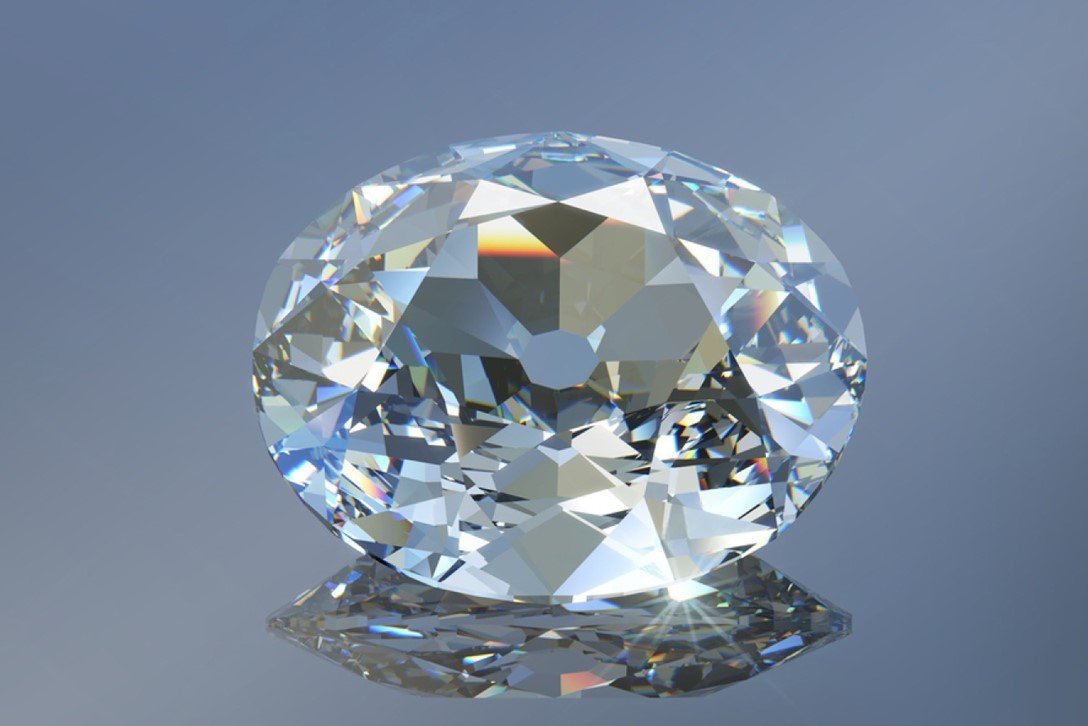
Image Source: ShutterStock
The Koh-i-Noor is one of the most well-known and historically significant diamonds in the world. Weighing 105.6 carats in its current form, it originated from India, most likely from the Kollur Mine in Andhra Pradesh. Its history dates back several centuries, and it has passed through the hands of various rulers in South and Central Asia. The diamond became part of the British Crown Jewels in the mid-19th century after being acquired by the British East India Company. It is now set in the crown of Queen Elizabeth The Queen Mother, displayed at the Tower of London. Although its exact value is unknown, experts consider it priceless due to its historical importance.
2. Cullinan Diamond
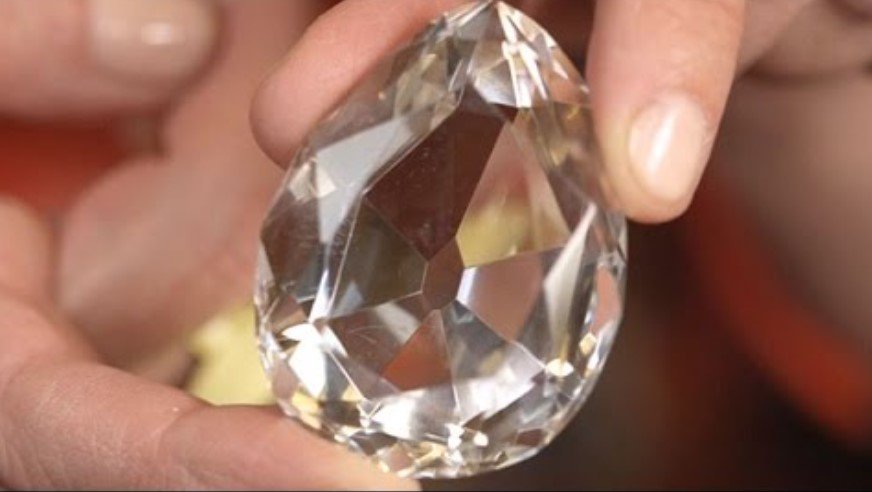
The Cullinan Diamond was the largest gem-quality rough diamond ever found, weighing an impressive 3,106 carats before being cut. Discovered in 1905 in South Africa, it was presented to King Edward VII as a gift. The stone was cut into nine large diamonds and many smaller stones. The largest cut gem, Cullinan I, also called the Great Star of Africa, weighs 530.2 carats and is set in the British Sovereign’s Sceptre with Cross. Another large stone, Cullinan II, is set in the Imperial State Crown. The Cullinan I alone is estimated to be worth over $400 million, making it one of the most expensive diamonds in existence.
3. Hope Diamond
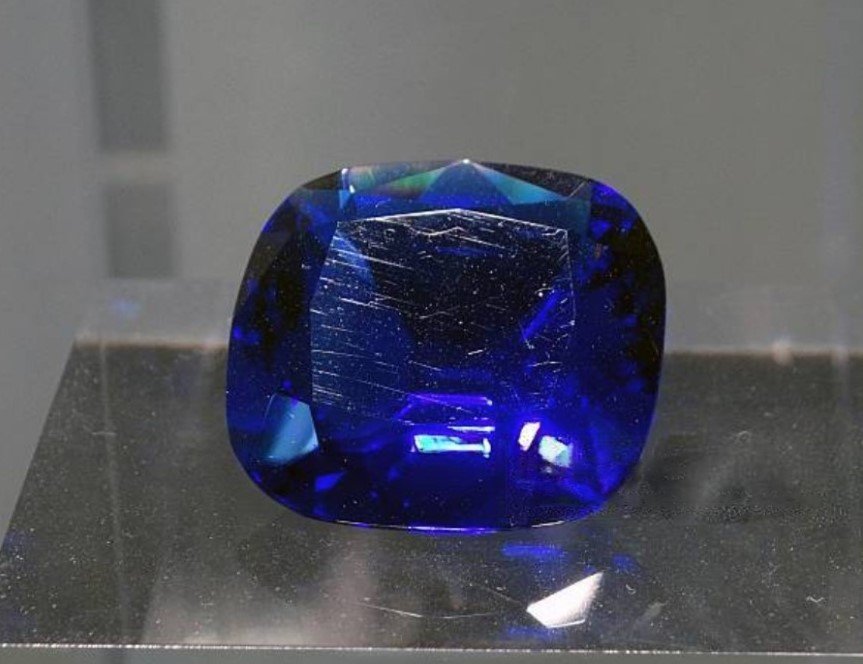
Image Source: Getty Images
The Hope Diamond is famous for its deep blue color, caused by trace amounts of boron within the stone. Weighing 45.52 carats, it was likely mined in India before appearing in Europe in the 17th century. Over the centuries, it passed through various owners, including King Louis XIV of France. Today, the Hope Diamond is part of the collection at the Smithsonian National Museum of Natural History in Washington, D.C. While it is not for sale, experts estimate its value to be around $250 million due to its size, color, and history.
4. Pink Star Diamond
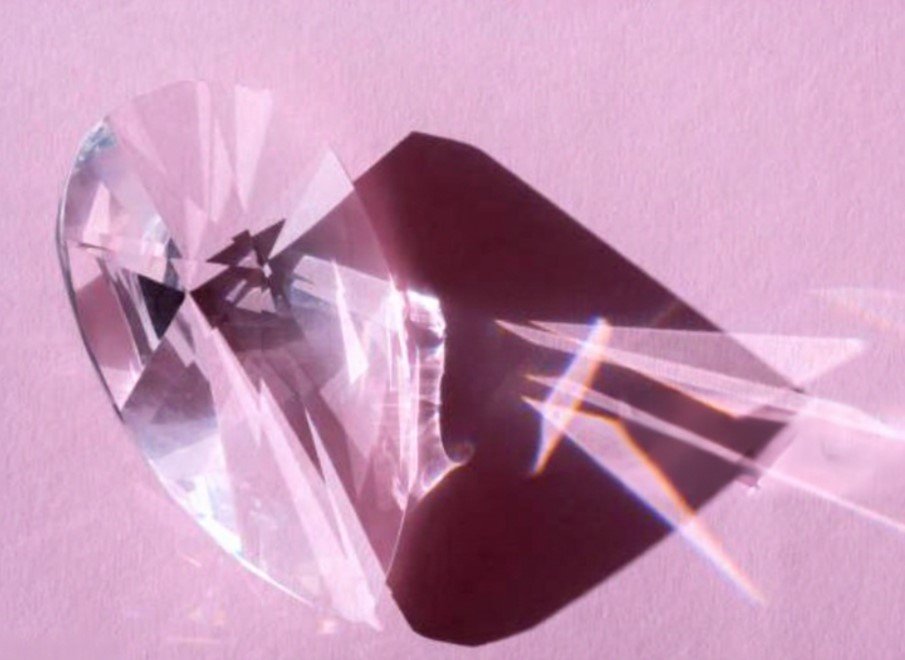
Image Source: Getty Images
The Pink Star Diamond is a vivid pink diamond weighing 59.60 carats. It is one of the largest and most flawless pink diamonds ever graded by the Gemological Institute of America (GIA). Discovered in South Africa in 1999 by De Beers, it was cut and polished for two years. In April 2017, the Pink Star sold at Sotheby’s in Hong Kong for $71.2 million to Chow Tai Fook Enterprises, setting a world record for the highest price ever paid for a diamond at auction. The stone is notable for its combination of size, clarity, and rare color.
5. Regent Diamond
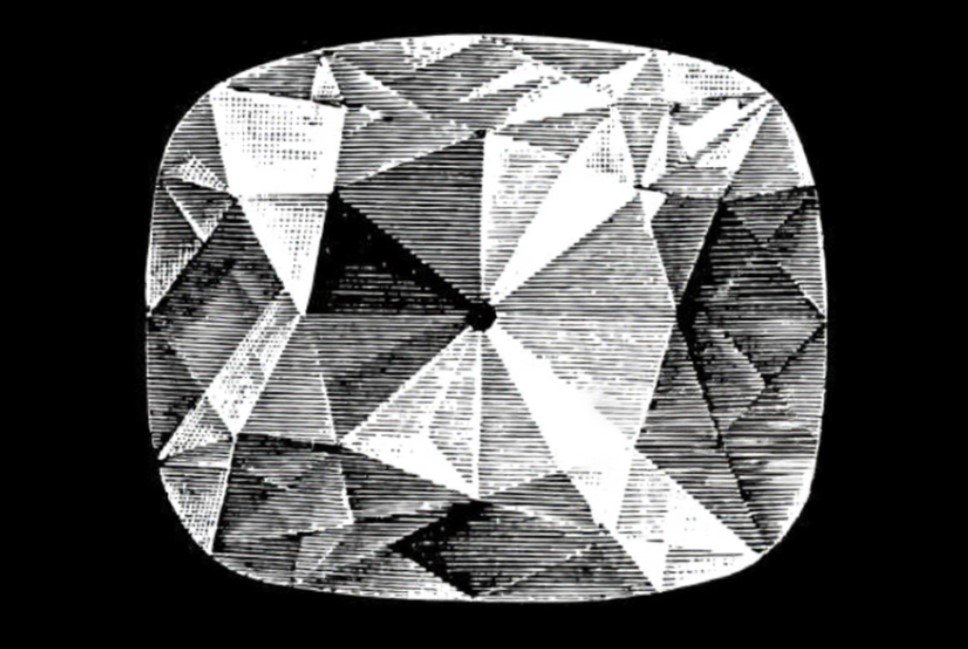
Image Source: Getty Images
The Regent Diamond, weighing 140.64 carats, was discovered in India in the late 17th century. It was purchased by Philippe II, Duke of Orléans, who served as Regent of France, which gave the diamond its name. The gem was used to adorn the crowns of Louis XV, Louis XVI, and Napoleon Bonaparte. Today, it is part of the French Crown Jewels and is displayed at the Louvre Museum in Paris. The diamond’s estimated value is around $65 million, though its historical significance makes it difficult to put a precise figure on.
6. Oppenheimer Blue Diamond
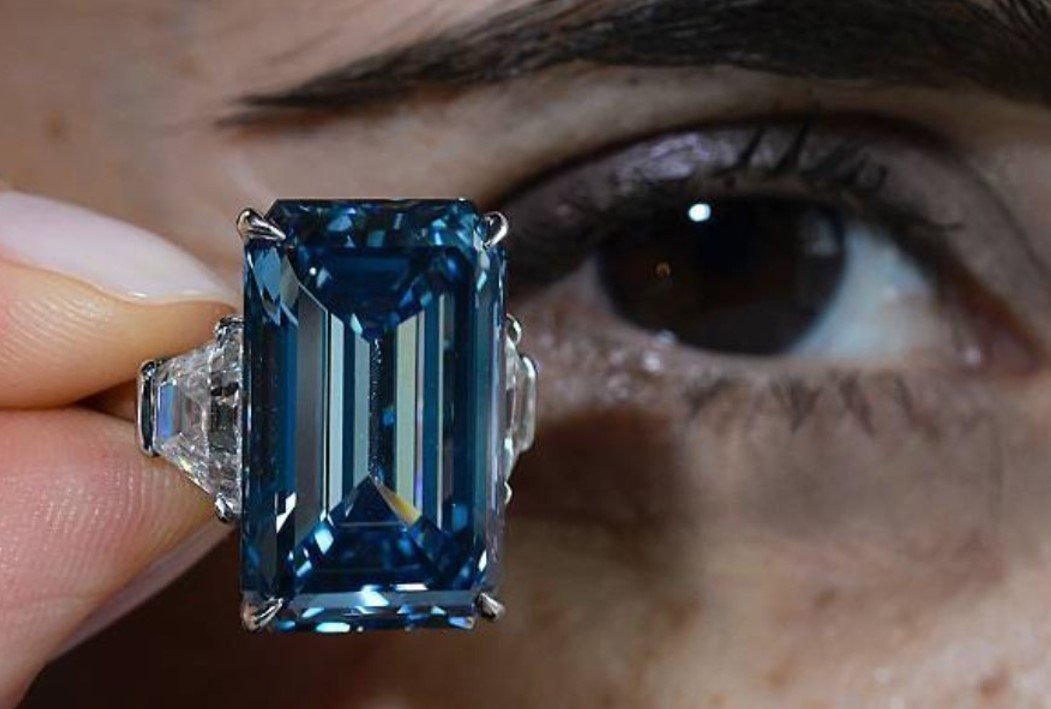
Image Source: Getty Images
The Oppenheimer Blue is a rectangular-cut vivid blue diamond weighing 14.62 carats. Named after its previous owner, Sir Philip Oppenheimer of the De Beers diamond company, it is one of the rarest blue diamonds in the world. In May 2016, it sold at Christie’s in Geneva for $57.5 million, setting a world record at the time for the most expensive blue diamond ever sold at auction. Its vibrant color and prestigious ownership history make it one of the most sought-after gems.
7. Wittelsbach-Graff Diamond
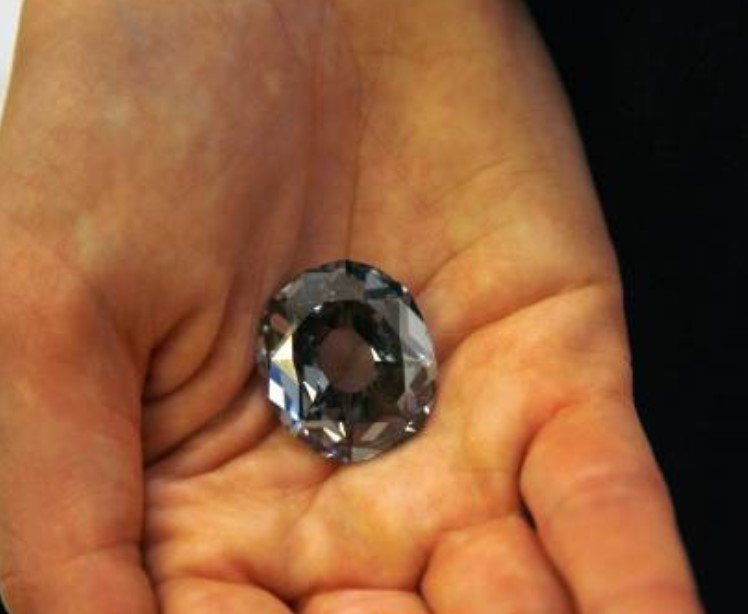
Image Source: Getty Images
The Wittelsbach-Graff Diamond is a 31.06-carat deep blue diamond with a history that dates back to the 17th century. It was part of the crown jewels of Bavaria and was owned by the Wittelsbach family for many generations. In 2008, jeweler Laurence Graff purchased the diamond for $23.4 million and later had it recut to improve its clarity and brilliance, reducing its weight slightly. The diamond’s rare color and royal history contribute to its estimated value of over $80 million today.
8. Graff Pink Diamond
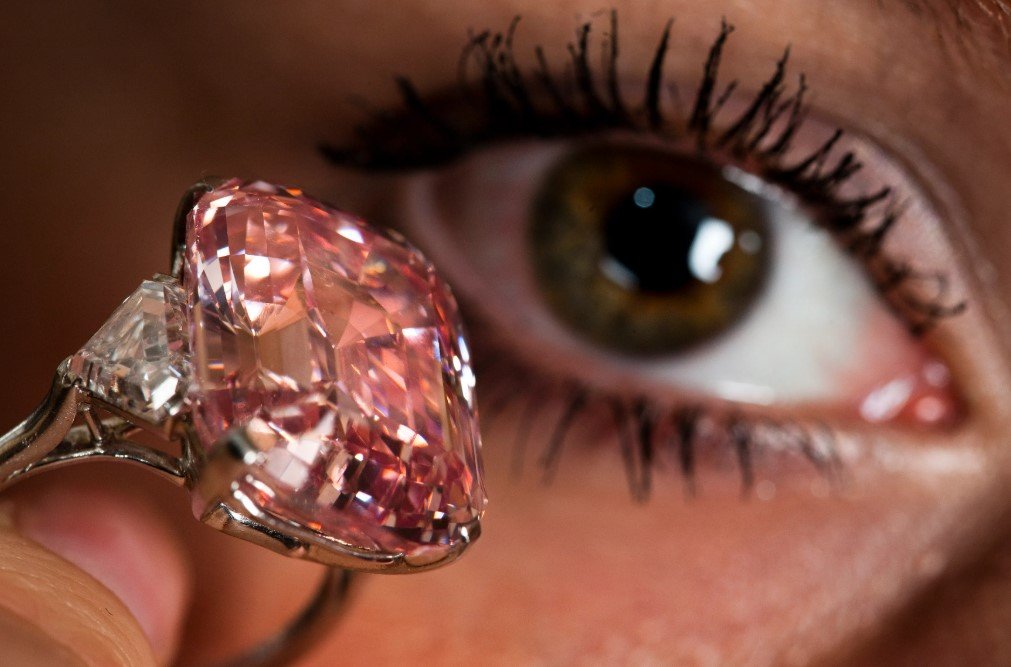
Image Source: Swissinfo
The Graff Pink Diamond is a rare pink diamond weighing 24.78 carats. It was once owned by famous jeweler Harry Winston, who described it as one of the greatest diamonds ever discovered. In 2010, it was sold at Sotheby’s in Geneva for $46 million to Laurence Graff, setting a new world record for a diamond at that time. Its intense pink hue and exceptional clarity make it one of the most valuable diamonds in the world.
9. Blue Moon of Josephine
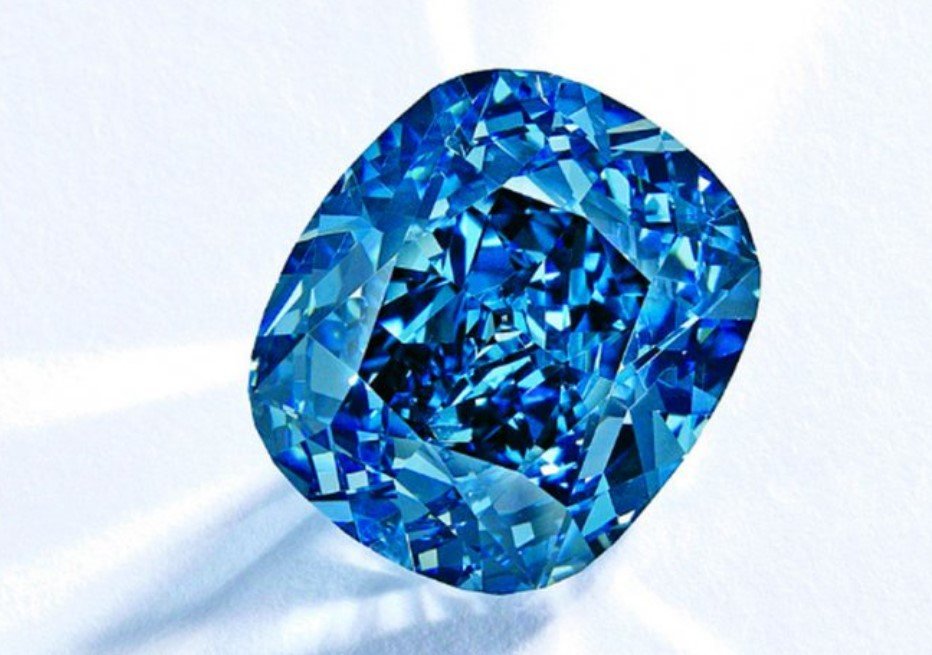
The Blue Moon of Josephine is a cushion-shaped, vivid blue diamond weighing 12.03 carats. It was discovered in South Africa in 2014 and later purchased at a Sotheby’s auction in 2015 for $48.4 million by Hong Kong billionaire Joseph Lau. Lau named the diamond after his daughter, Josephine. The Blue Moon is known for its perfect color grading and exceptional clarity, making it one of the most important blue diamonds ever found.
Check out: The Perfect Gift: Stud Diamond Earrings for Special Occasions
10. Centenary Diamond
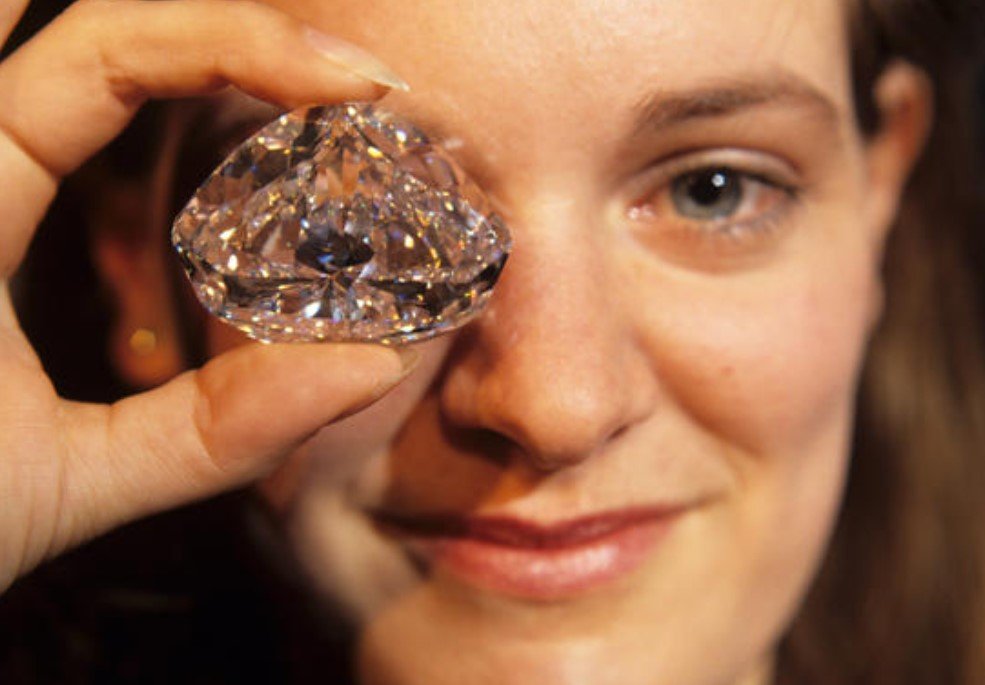
Image Source: ShutterStock
The Centenary Diamond is a 273.85-carat flawless diamond discovered in 1986 at the Premier Mine in South Africa, owned by De Beers. It is known for its exceptional color grade of D, meaning it is completely colorless. The diamond was unveiled in 1991 and is valued at over $100 million. While its current ownership is not publicly disclosed, its size, clarity, and lack of color make it one of the most remarkable diamonds in existence.
These diamonds represent the highest levels of rarity, quality, and value in the world of gemstones. Their histories often involve royalty, famous jewelers, and record-breaking sales, which only adds to their prestige. In the next part of this article, we will explore more details about the cutting and grading processes, how these factors influence value, and a deeper look into the stories of their famous owners.
How Diamonds Are Graded and Valued
To understand why these diamonds are so expensive, it is important to look at the grading system used by gem experts. The Gemological Institute of America (GIA) grades diamonds based on four main factors, often called the 4Cs: carat weight, cut, color, and clarity. Each of these plays a major role in determining a diamond’s value.
- Carat weight measures the size of the diamond. Larger diamonds are rarer and generally more valuable, but quality factors can sometimes outweigh size.
- Cut refers to how well the diamond’s facets interact with light. A high-quality cut enhances brilliance and sparkle.
- Color grading runs from D (completely colorless) to Z (light yellow or brown). Rare colors like vivid blue or pink can dramatically increase value.
- Clarity measures the absence of inclusions and blemishes. Flawless diamonds are extremely rare.
For colored diamonds, the strength and purity of the color are major value factors. Fancy vivid colors, like those found in the Pink Star or Oppenheimer Blue, command the highest prices.
The Role of History and Ownership
A diamond’s value is also influenced by its history. If a diamond were owned by royalty, famous jewelers, or well-known public figures, its desirability would increase. For example, the Koh-i-Noor and Regent diamonds are priceless not only because of their quality but because they are tied to significant historical events and leaders. Provenance—the record of a diamond’s ownership history—adds credibility and prestige, often resulting in higher auction prices.
Famous Owners and Their Influence
The people who have owned these diamonds often add to their fame. Here are some notable examples:
- British Royal Family: Owners of the Koh-i-Noor and the Cullinan diamonds, which are part of the Crown Jewels.
- Napoleon Bonaparte: Wore the Regent Diamond in the hilt of his ceremonial sword.
- Harry Winston: Known as the “King of Diamonds,” he once owned the Graff Pink Diamond.
- Laurence Graff: A renowned jeweler who has purchased and recut several famous diamonds, including the Wittelsbach-Graff and the Graff Pink.
- Joseph Lau: A Hong Kong billionaire who purchased the Blue Moon of Josephine for his daughter.
The Market for Rare Diamonds
The market for rare and valuable diamonds is different from the general jewelry market. These gems are often sold at high-profile auctions held by companies like Sotheby’s and Christie’s. Private sales between collectors and jewelers are also common. Prices for exceptional diamonds have generally increased over time, as their rarity makes them highly sought after by investors and collectors.
Economic conditions can influence diamond prices, but for the most exceptional stones, demand usually remains strong even during downturns. These diamonds are often seen as tangible assets, similar to fine art, that can preserve value.
Look at Each Diamond’s Journey
Koh-i-Noor
The Koh-i-Noor’s journey is marked by conquest and political change. It passed from Mughal emperors to Persian rulers, then to Afghan leaders, and finally to the Sikh Empire before being ceded to the British. Its many transfers of ownership reflect the shifting power dynamics in the region. Today, it remains one of the most debated diamonds in terms of rightful ownership.
Cullinan Diamond
After its discovery in 1905, the Cullinan Diamond was sent to London, where it was cut by the Asscher brothers in Amsterdam. The cutting process took months, as the diamond was divided into several large and small stones. The largest stones are part of the British Crown Jewels, while others are privately owned or in museum collections.
Hope Diamond
The Hope Diamond’s deep blue color and long history have attracted both admiration and superstition. It was part of the French Blue diamond owned by King Louis XIV, stolen during the French Revolution, and reappeared later in London. Its ownership eventually passed to Harry Winston, who donated it to the Smithsonian in 1958.
Pink Star Diamond
The Pink Star’s sale in 2017 set a record for the highest auction price for a diamond. The buyer, Chow Tai Fook Enterprises, is one of the largest jewelry retailers in Asia. The diamond’s vivid pink hue and flawless clarity make it one of the most exceptional gems ever discovered.
Regent Diamond
The Regent Diamond’s association with French royalty and Napoleon adds to its historical importance. After being worn in royal crowns, it was later displayed in the Louvre, where it remains a highlight of the museum’s collection.
Oppenheimer Blue
The Oppenheimer Blue’s rectangular cut enhances its vivid blue color. Its sale in 2016 was closely watched by the gem world, as it broke records for blue diamond prices at the time. The diamond’s name honors Sir Philip Oppenheimer, a major figure in the diamond industry.
Wittelsbach-Graff Diamond
The recutting of the Wittelsbach-Graff Diamond by Laurence Graff was controversial, as it altered a historic gem to improve clarity and brilliance. However, the recut stone achieved a higher clarity grade, increasing its market value.
Graff Pink
The Graff Pink’s sale in 2010 was another record-setting event. Laurence Graff called it “the most fabulous diamond I’ve ever seen.” Its intense pink color and large size make it one of the rarest pink diamonds in the world.
Blue Moon of Josephine
The Blue Moon of Josephine’s perfect blue color and flawless clarity earned it top grades from the GIA. Joseph Lau’s decision to name the diamond after his daughter made headlines and added a personal story to its already remarkable profile.
Centenary Diamond
The Centenary Diamond’s unveiling in 1991 showcased its flawless clarity and perfect color. While De Beers has not disclosed the current owner, it remains one of the most notable diamonds for its combination of size and quality.
Preservation and Display
Many of these diamonds are kept in secure museum displays or vaults when not being worn. Museums such as the Smithsonian and the Louvre provide public access to view some of the most famous diamonds, often under controlled lighting to showcase their brilliance. Security measures for these gems are extremely strict, given their value.
The Future of High-Value Diamonds
As mining operations change and high-quality diamond deposits become rarer, the value of large, flawless, and colored diamonds is expected to rise. Lab-grown diamonds are becoming more common in the general market, but they do not affect the prices of the most famous natural diamonds, as these stones are valued for their rarity, natural origin, and historical significance.
Final Thoughts
These diamonds are more than just valuable gemstones. They represent history, craftsmanship, and the natural rarity of the finest gems. Their famous owners and records at auctions make them symbols of prestige and wealth. While most people will never own such stones, their stories continue to fascinate collectors, historians, and gem enthusiasts around the world.
Read more: Why Lab Grown Diamonds Are Redefining Engagement Traditions
-

 Self Improvement2 months ago
Self Improvement2 months agoUsing BCBS Rehab to Access Quality Addiction Care
-

 Games2 months ago
Games2 months agoPusoy Strategies for Play That Also Work in Pusoy Dos in English
-

 Law2 months ago
Law2 months agoHow Can a Car Accident Attorney Help You?
-

 News2 months ago
News2 months agoCreating Acoustic Comfort in Restaurants: The Overlooked Ingredient of a Perfect Dining Experience






